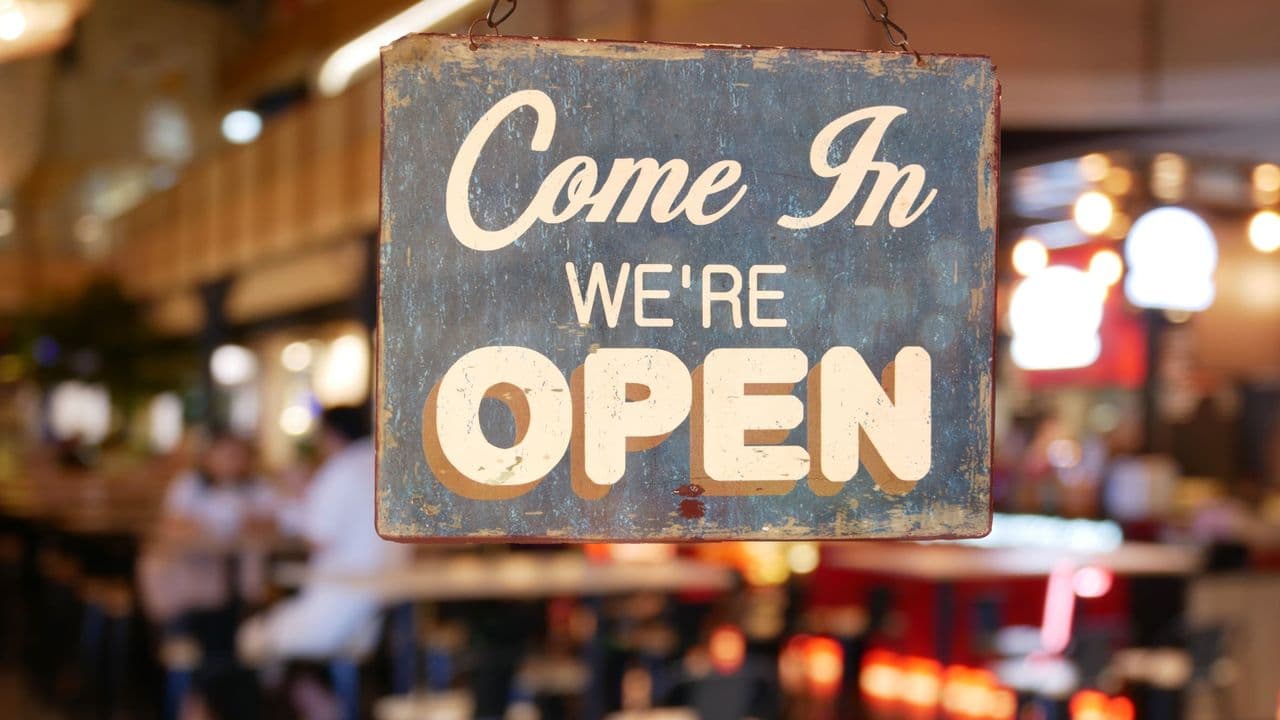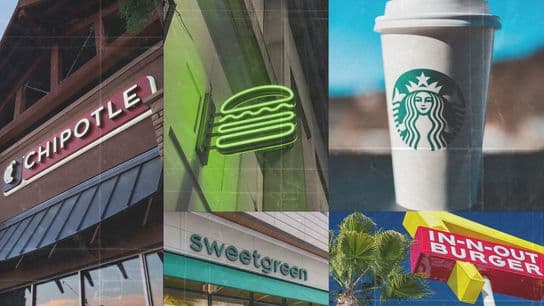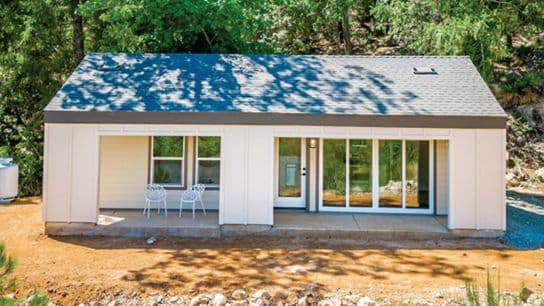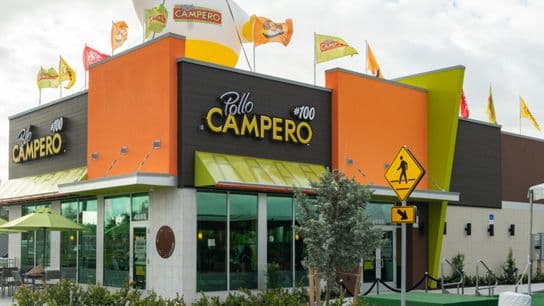Want to Start a Restaurant? Here’s What You Need to Know
Current trends, basic guidelines and pitfalls to avoid when starting your own restaurant.
Many people have a dream of opening a restaurant. But it’s a dream that requires a hefty amount of planning, commitment and sacrifice — not to mention capital. You’ll be working long hours, especially in the beginning, meaning you’ll be forced to miss certain holidays and family gatherings. Opening a restaurant also isn’t for the faint of heart, with recent statistics showing that nearly a third fail within the first year.
Considering the potential pitfalls that go along with opening a restaurant, it’s important to be honest with yourself up front: Will this lifestyle work for me? Is now the right time? Can I make it work financially?
All that said, the allure of being your own boss and bringing your dreams to life can often outweigh the risk. While there’s not a one-size-fits-all strategy to successfully launching a restaurant, there are a few basics to keep in mind. Consider this a roadmap for turning your restaurant dreams into a reality.
1. Consider current trends in the industry
Before starting out, it’s essential to take a step back and review some of the trends affecting the restaurant industry in 2022. Here are a few major trends to keep in mind.
- Online sales continue to soar. Consumers continue to order online in droves in the post-pandemic world. Recent research from Zippia shows that online ordering has grown 300% faster than dine-in since 2014 and now accounts for nearly 40% of total restaurant sales. The same study found that almost 60% of diners expect to order more online in 2022.
- Online reviews go a long way. Aside from ordering online, customers also increasingly use the internet to decide where to place their orders. A study by Bright Local revealed that nearly 93% of consumers went online to find local businesses — and of that 93%, about nine out of 10 read online reviews when narrowing their selections.
- Eating healthy is in. Consumers continue to be more health-conscious across the country. A study by virtual restaurant company Nextbite found that nearly half of customers plan to order healthier options in 2022, primarily to boost immunity and ward off illness.
- Shortages are creating big headaches. Times are tough for restaurants, no doubt. From labor shortages to rising inflation to supply chain issues, owners are dealing with many issues beyond their control, including drastic increases in food costs.
All told, opening a new restaurant comes with plenty of risks these days. But it also presents a few unique advantages. In particular, it allows you to meet industry trends and consumer demands from the start, giving you a leg up on the established competition.
2. Choose your location wisely.
No matter how good your food is, a bad location can break a business. Where you’re located could significantly influence things like your menu, concept and marketing efforts. A few things to keep in mind when choosing where to open up shop:
- Accessibility and visibility are crucial. This is the big one. You want a location that’s easy for customers to access and has good visibility via vehicle and foot traffic. Ideally, the site has plenty of parking spaces nearby and a convenient way for customers to pick up to-go orders. Also, consider that outdoor dining has become an increasingly big draw and select a site that can accommodate it.
- Dissect the demographics. Simply put, the demographics in your area need to sync up with your restaurant’s concept and target market. Demographics will also determine how much you spend on labor, as places with high living costs will require higher wages to attract good employees.
- Consider leasing. Buying a location is a significant investment, which is why many new restaurant owners opt to lease and work their way up to buying their site once they’ve established a steady clientele. Not only does this allow for more flexibility, but it will also enable you to focus your money on things such as marketing efforts and kitchen equipment when starting.
3. Select a creative concept
Crafting your concept is the fun part of creating a restaurant, but don’t go into it blind. Remember that just because you’re passionate about something — say, French cuisine — doesn’t mean locals will be.
The best concepts tend to balance an owner’s passion with customer demand. Consider looking at what works for other restaurants in the area, then determine how to build off that and create something unique. This balance should extend to the menu, which ideally includes a mix of familiar and unique items. Putting a new spin on old favorites is always a good bet.
Additionally, if you plan to open a franchised restaurant, the concept needs to be replicable. Customers expect the menu and overall atmosphere to be consistent regardless of location. An operations manual with recipes, pricing info, employee guidelines, vendor tips and general aesthetic advice should be considered a must.
4. Consider the initial investment
Opening a restaurant can often lead to sticker shock for would-be owners. A recent survey from RestaurantOwner.com showed that initial expenses could range from $175,000 to nearly $750,000, depending on the type of restaurant you open. If you’re looking to open a franchised business, research shows startup costs can run from $100,000 to several million depending on the brand, with most falling between $500,000 and $2 million.
What do you do if you’re short on money? A good place to start is a Small Business Administration loan (SBA loan), offered to individuals who need immediate funding for their business. You could also consider opening in a restaurant incubator to save on overhead expenses. Many incubators also have built-in support systems and training programs, which can provide you with invaluable advice and feedback on your concept.
5. Build a winning business plan
Like any new business, starting a restaurant requires a solid plan. Your business plan should describe all the aspects of your restaurant, including your concept and menu, management structure, labor needs, marketing strategy and competitor analysis. When creating your plan, you’ll also be forced to confront problems you hadn’t previously considered, such as issues with health codes, tax laws and licensing. Luckily there are plenty of resources online to help you get started, such as this free-to-use template from eforms.com and this comprehensive article from RestaurantOwner.com.
6. Obtain the right permits and licenses
Acquiring the proper permits is among the most critical things you can do to avoid penalties and sanctions. While the types of licenses and permits you’ll need vary by business, common requirements for restaurants include a business license, fire permit, zoning permit, food service license and liquor license. You’ll also need an employee identification number (EIN) for each of your workers to set up payroll. Because of the complexity involved in obtaining permits — and the consequences if you don’t get it right — seeking legal counsel to assist with the process is highly recommended.
* * *
Get all that? Unfortunately, that’s just the tip of the iceberg when it comes to opening your own restaurant. After taking these initial steps, you’ll also need to:
- Hire the right staff
- Invest in the right technology
- Select your food supplier
- Set up your website and social media
- Create a marketing plan to get the word out
So, yeah. It’s a lot of work. But owning a restaurant can be rewarding and profitable if done right. After all, food has a powerful ability to bring people together. Creating a place for people to connect and celebrate can make all the hard work and long hours worthwhile.









